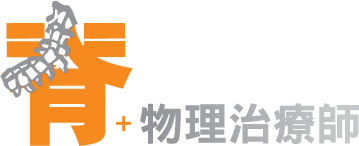What is Thoracic Outlet Syndrome?
Thoracic outlet syndrome happens when the blood vessels and nerves flowing through the area between the shoulder and collarbone (thoracic outlet area) to the rib cage do not have enough space and are compressed. It causes numbness, tingling and muscle weakness in the inner side of forearm, ring and little fingers, pain in the shoulder and neck. As its symptoms are very similar to that of cervical spondylosis, carpal tunnel syndrome, frozen shoulder and tennis elbow, it is very easy to be misdiagnosed. It is common among women, people with poor muscular development and humpback. Also, certain occupations such as typewriters, windsurfers and car repairers are more prone to developing this condition.
What are the causes?
There are various factors which contribute to thoracic outlet syndrome. A person's overall physical structure can cause this syndrome; the abnormal anatomy may exert pressure on the nerves or blood vessels. Malformed ribs, and too narrow opening between the collar bones and the first rib are some of the abnormalities which can also cause thoracic outlet syndrome.
What are the symptoms?
1) It causes numbness, tingling and muscle weakness in the inner side of forearm, ring and little fingers, pain in the shoulder and neck especially when the patient raises up his hand.
2) Wasting of the muscles in the hand.
3) When the patient is exposed to cold, small arteries in the finger contract and turn pale.
4) In severe cases, it can lead to gangrene due to compression of blood vessels.
5) Some patients may feel headache, chest pain, difficulty in breathing like angina.
What are the treatmentsĦH
1. Apart from the appropriate exercises, repetitive motions involving muscles at the pain area should be avoided.
2. Chiropractic adjustment, infrared, shockwave, interferential therapy can help to improve blood circulation, relieve pain and reduce inflammation.
3. Assessment and advice are performed and given to improve activities of daily living of patients.
Home exercises :
a.Stretch the neck and shoulder
Preparation position: Sit with both arms on your side.
Movement: roll your shoulders backward in a big circular motion. Do it ten times
b.Stretch the back of the neck
Preparation position: Sit straight, face in front
Movement: Maintain eye level, retract your chin until you feel the back of your neck is stretched. Maintain for 10 seconds. Repeat 10 times.
c.Stretch your chest muscles
Preparation position: Stand facing the corner until the front of your chest muscles are stretched. Maintain for 10 seconds. Repeat 10 times



